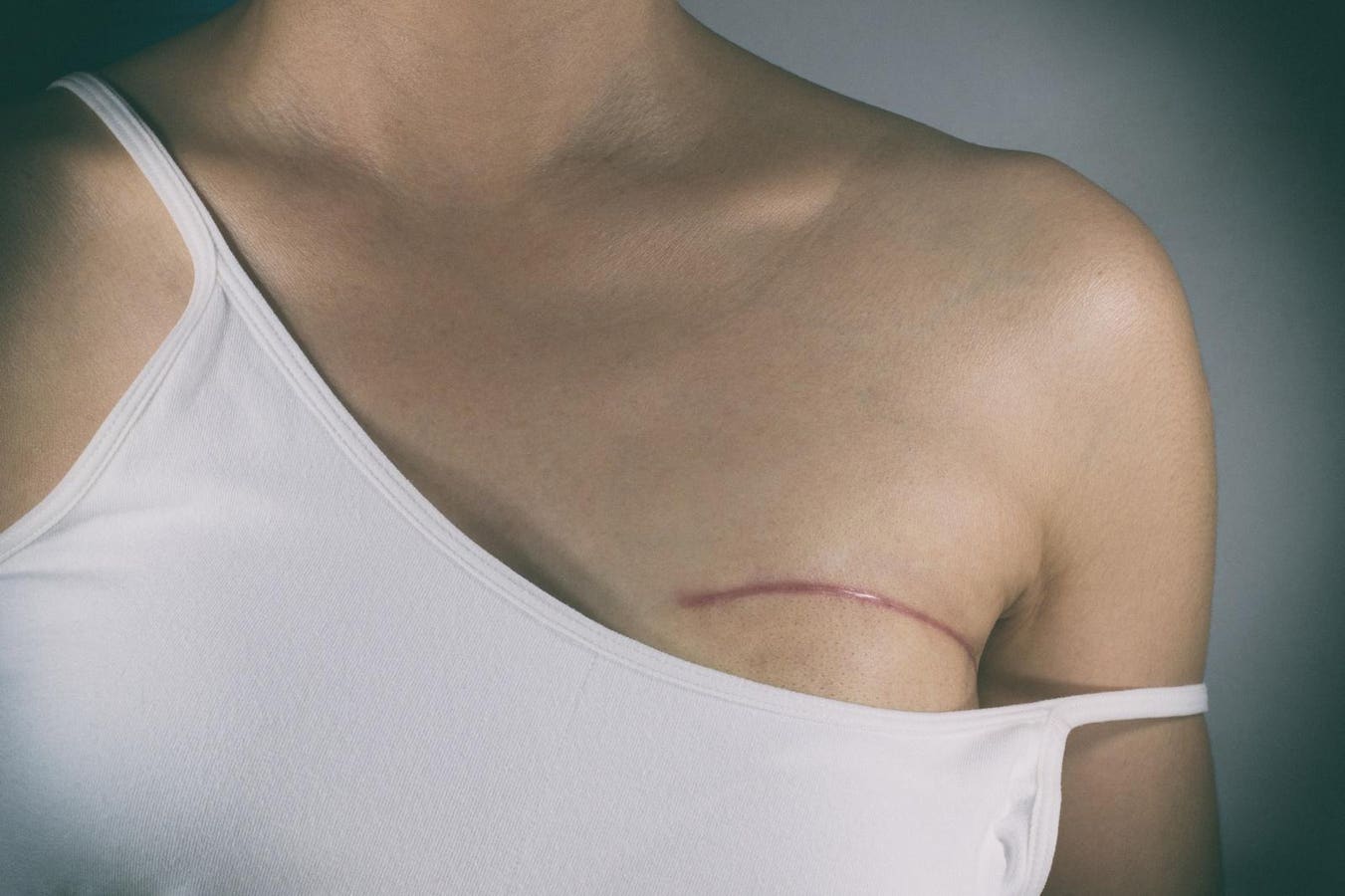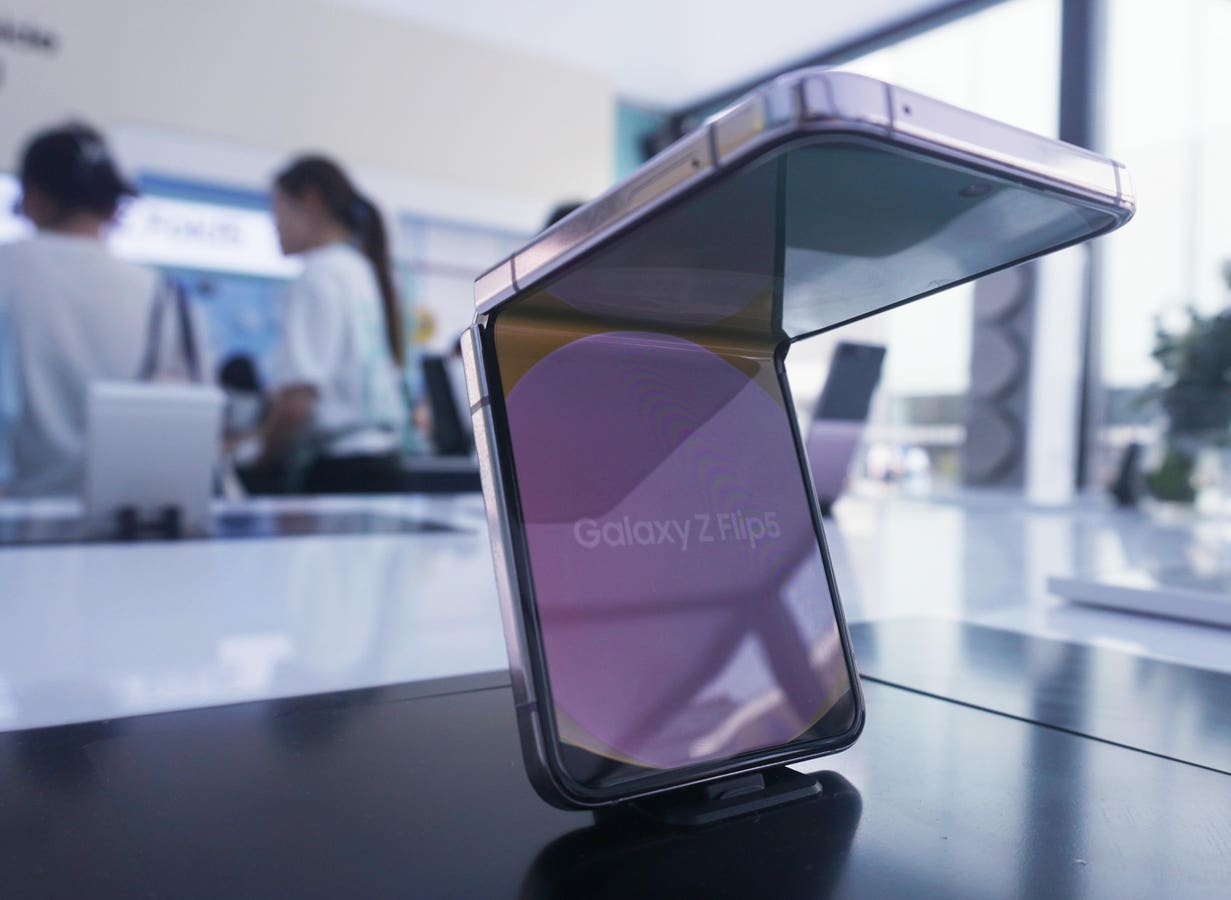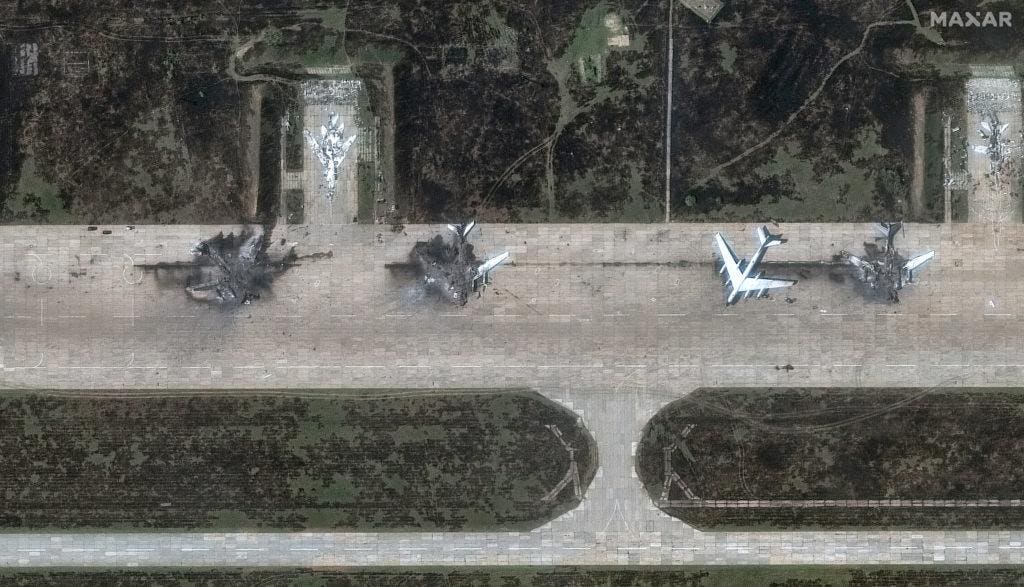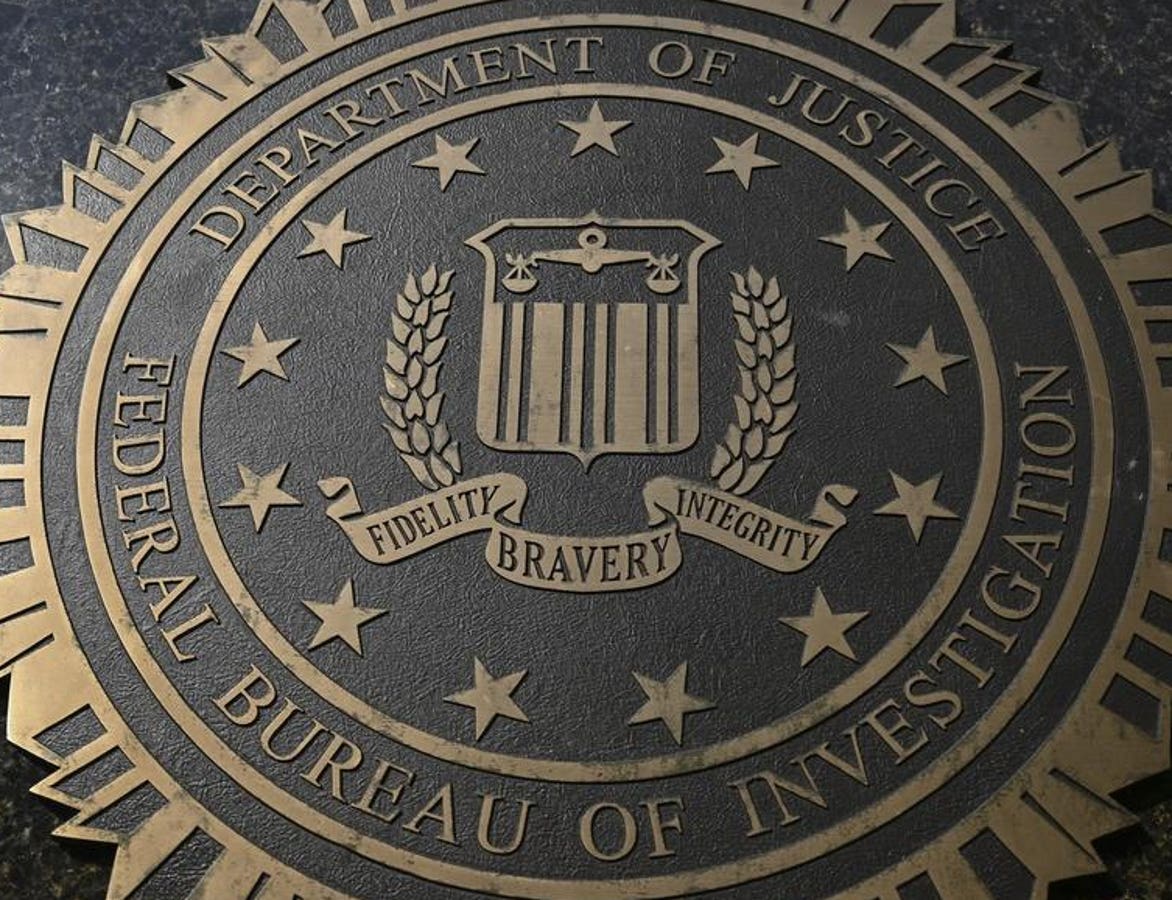Breast cancer surgery scars by partial mastectomy.
Breast cancer rates are rising across the United States, with most diagnoses occurring without a clear, predictable explanation. An estimated 85–90% of cases are sporadic, meaning they result from factors such as environmental exposures rather than a known inherited genetic mutation or strong family history. The lack of identifiable causes in most cases is concerning given that nearly 370,000 people will be diagnosed with breast cancer this year in the United States. The American Cancer Society estimates that 42,000 women are projected to die from the disease in 2025.
Prevention and early detection of breast cancer are key to improving survival and both rely on understanding personal risk. “The problem is that risk matters, but we are not good at measuring risk,” says Dr. Constance Lehman, professor of radiology at Harvard Medical School and breast imaging specialist.
Current Breast Cancer Risk Assessment
Current risk assessment focuses primarily on understanding family history and genetic risk factors. A strong family history—especially of breast and ovarian cancer—may suggest inherited mutations, like BRCA1/BRCA2.
A mature African-American woman in her 40s wearing a hospital gown, getting her annual mammogram. … More
Mammograms can find cancer and also help estimate future risk by assessing breast density. While most women with dense breasts do not develop breast cancer, dense tissue does increase risk. Most radiologists use a scale called BI-RADS to rate breast density, with higher scores indicating more dense tissue and greater risk. The BI-RADS scale, however, relies on human interpretation and readings can vary between radiologists, making results inconsistent.
Ancillary risk assessment tools, like the Tyrer-Cuzick and Gail models, gather information from patient questionnaires, such as “any second-degree relatives with breast or ovarian cancer?” These answers estimate the likelihood of developing breast cancer. As these tools rely heavily on patient recall, they can also be inaccurate or incomplete.
Health Inequities with Breast Cancer Risk Assessment
Many of the current risk assessment tools, such as the Tyrer-Cuzick and Gail models, often underperform in racially and ethnically diverse populations—especially Black, Hispanic, Asian, and Indigenous women—due to limited representation in the original data used to train these models.
In a study using the Tyrer‑Cuzick risk calculator of over 15,000 women, Black women were less likely to be classified as high-risk compared to white women, 10.7% vs. 17.5%, despite having similar incidence rates and higher mortality. This suggests that the model underestimates risk for Black women, increasing likelihood of inadequate monitoring, delayed diagnosis, and worse outcomes.
Future of Breast Cancer Risk Assessment
Doctor and patient discuss breast cancer screening
“Many women have never discussed breast cancer risk with their doctors,” Lehman says. “Some calculate their score online, others fill out a questionnaire sent by their health system. It’s chaotic.”
To address this gap in care, Dr. Lehman founded Clairity, Inc. and developed Clairity Breast, an FDA-authorized platform that uses AI to analyze standard mammograms and generate a five-year breast cancer risk score. Unlike traditional risk assessment models, like Tyrer-Cuzick and Gail models, which rely on survey data from the patient, Clairity Breast uses the mammogram itself to assess risk—making it the first widely used model to do so. Their data set was also developed using images from a diverse patient population, unlike older models built on data primarily from racially homogenous populations.
Clairity Breast is not a diagnostic tool, meaning it does not tell patients they have active cancer. Instead, it looks at mammograms and assesses risk of future cancer. “This is a prognostic test,” Dr. Lehman emphasizes. “We take a four-view standard mammogram and our model assesses it and generates a percentage risk score for the next five years,” Lehman states. The AI is trained to detect subtle patterns of concern on the mammogram that are invisible to the human eye.
Dr. Andrea Merrill, a breast surgeon at Sentara Breast Surgery Specialists in Charlottesville, Virginia, sees promise in Clairity’s approach. She says that currently about 10% of breast cancers go undetected on imaging, even with MRI. “It’s very possible that with more time and improvements, AI could eventually help detect subtle changes that indicate a cancer that normally wouldn’t be seen,” she says.
Merrill adds that current tools fail to detect cancer in women under 40 who don’t meet criteria for high-risk screening. For patients detected to have increased risk by Clairity Breast, doctors “can add supplemental imaging, such as MRI or contrast-enhanced mammograms, to detect cancers earlier and treat them at an earlier stage,” says Merrill. “It might also inform treatment plans that include prescribing medications to reduce their predicted risk of breast cancer.”
Clairity Breast launch in 2025
Clairity Breast is expected to become available in 2025, initially as a self-pay option. The company is working with insurers to pursue coverage, but cost remains a concern in regards to assuring access to all, especially marginalized groups.
Though excited for this new technology, Merrill cautions patients against delaying care until Clairity Breast is released. “I would not wait for this tool to get your mammogram,” Merrill emphasizes. “Current screening mammography is still very effective and detects the majority of breast cancers.”









